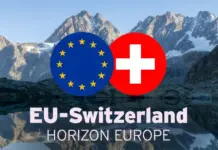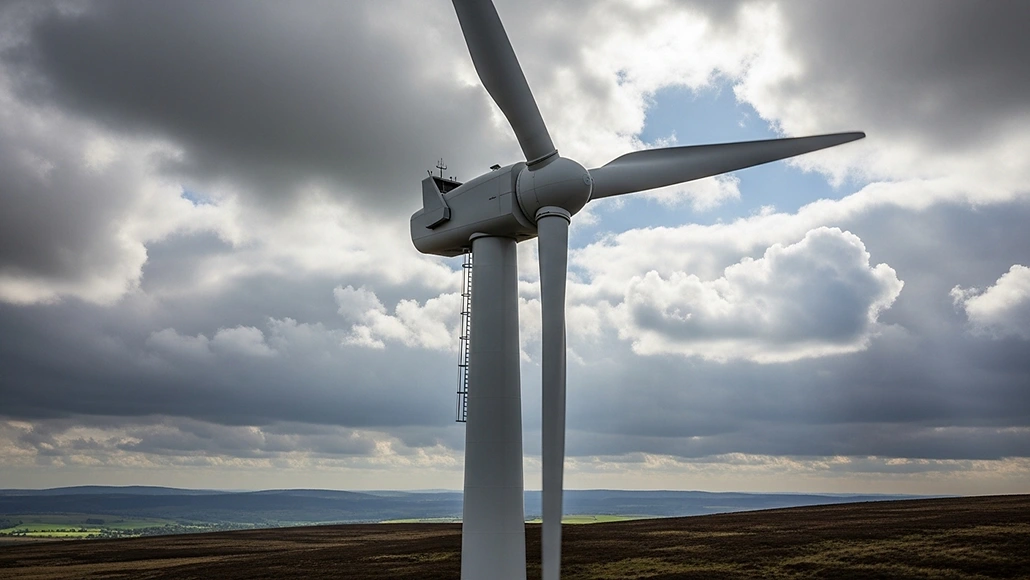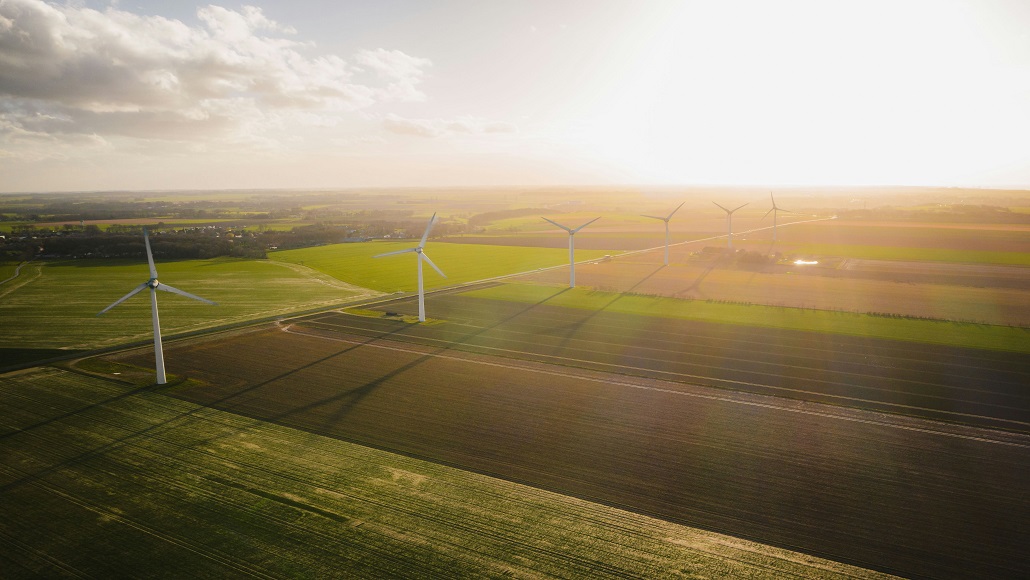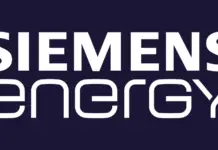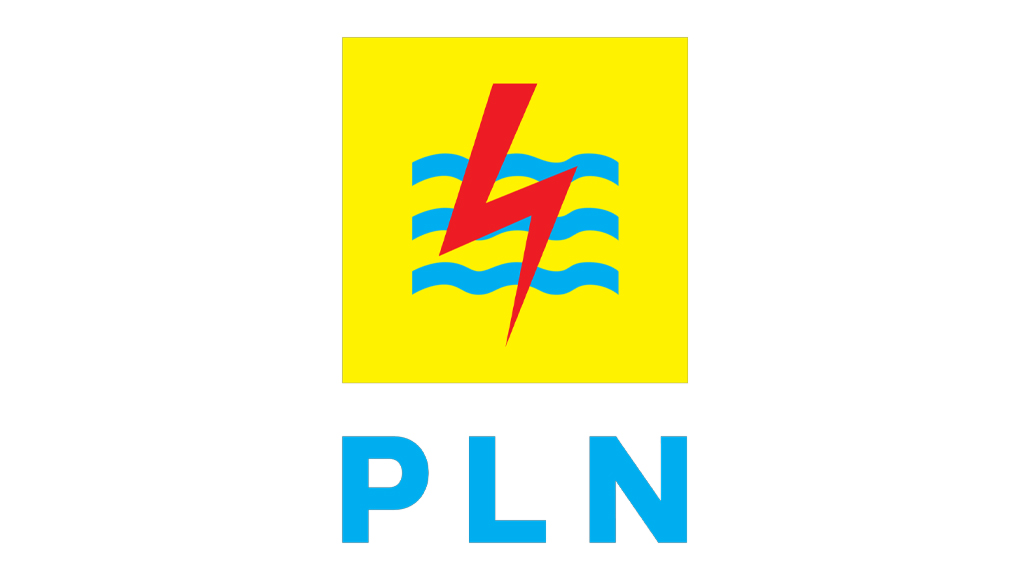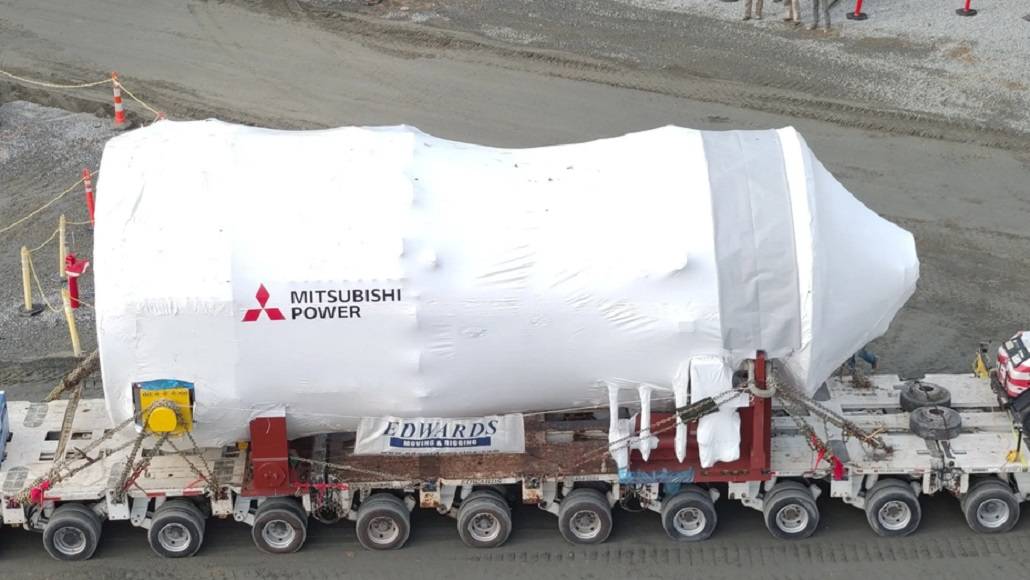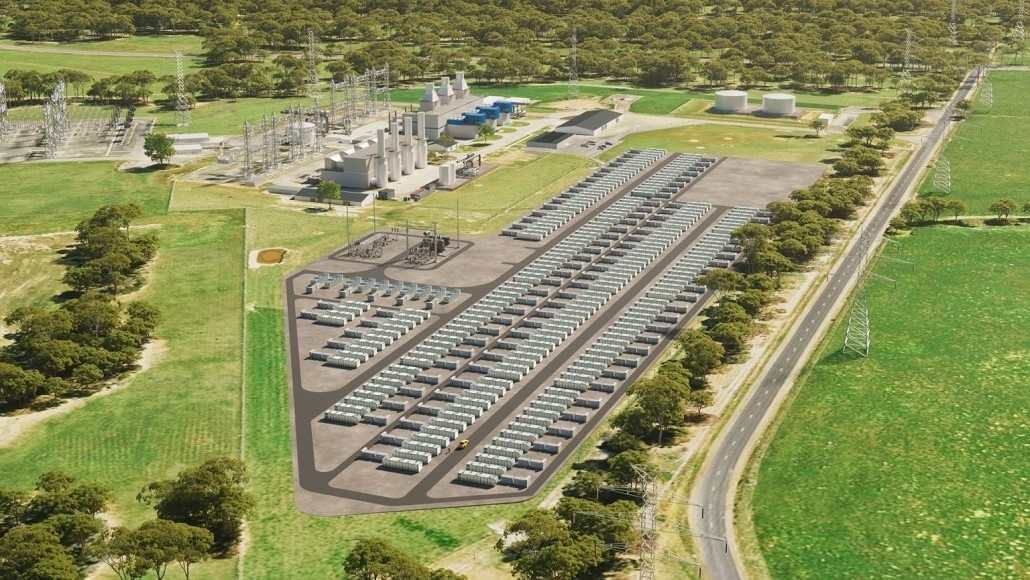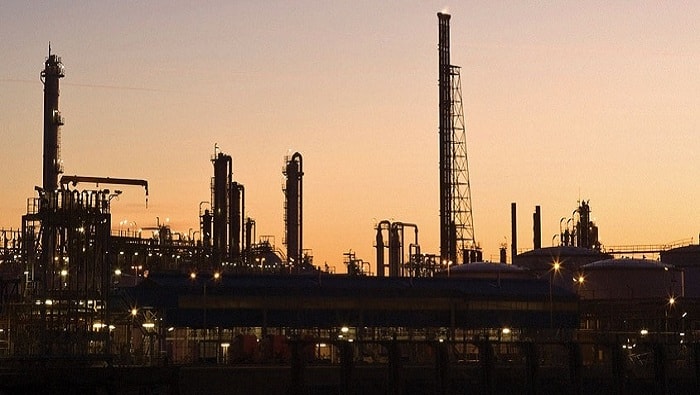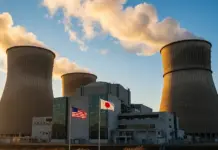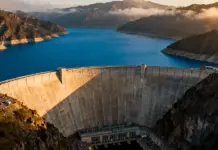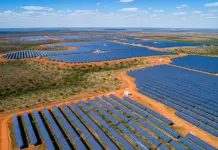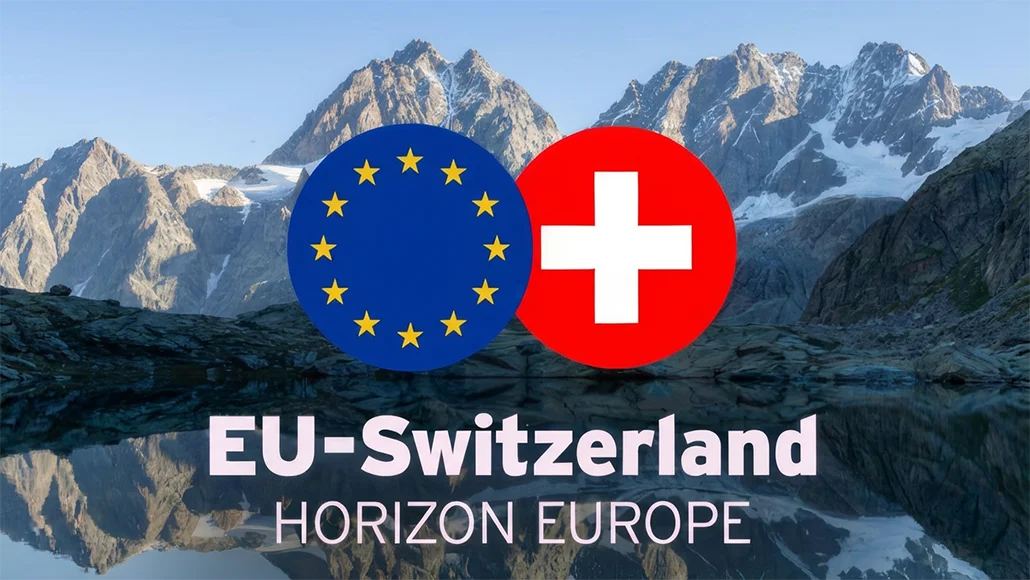Ekaterina Zaharieva, the European Commissioner for Startups, Research, and Innovation, and Guy Parmelin, the Swiss Federal Councillor and also the Head of the Federal Department of Economic Affairs, Education, and Research, on November 10, 2025, signed an agreement that opens the way to Swiss participation within the European Union programs – Horizon Europe, Euratom Research & Training, and Digital Europe.
These programs are a part of a much broader package when it comes to instruments to consolidate and deepen as well as broaden cooperation when it comes to research and innovation.
Notably, the agreement also goes on to establish Switzerland as a member of Fusion for Energy from 2026, which will enable the Swiss researchers and industry to contribute in ITER project again.
With Swiss researchers and industry to contribute in ITER project, the European Domestic Agency for ITER with renewed membership in Fusion for Energy is going to make it possible for the Swiss nationals to apply for ITER Organization staff positions, which include the likes of ITER Project Associates as well as other internships; for Swiss suppliers to take part in the ITER Organization, it requires tender as well as other procurement activities; and for the ITER Organization to sign agreements with Swiss partners as well as institutions from January 2026 onwards.
So what is ITER?
In the south of France, there are 33 countries that are collaborating to go ahead and build the largest tokamak, a magnetic fusion device in the world, which has been designed in order to prove the feasibility when it comes to fusion as a large-scale and also carbon-free source of energy that is based on the same principle that goes on to power the Sun and stars.
The experimental campaign that is going to be carried out at ITER is indeed critical so as to advance fusion science and also prepare the way for fusion power plants of the future.
It is worth noting that the primary aim of ITER is to investigate and demonstrate the burning plasmas – the ones in which the energy of the helium nuclei gets produced due to the fusion reactions that are enough to maintain the temperature of the plasma, hence decreasing or even eliminating the requirement for external heating.
ITER is also going to test the availability as well as integration of technologies that are required for a fusion reactor, like remote maintenance and superconducting magnets, as well as systems in order to exhaust the power from the plasma and the validity of tritium breeding module concepts, which would thereby lead in a future reactor to tritium self-sufficiency.
There are thousands of engineers as well as scientists who have contributed to the design of ITER ever since the time the idea for an international joint experiment in fusion was launched in 1985. The ITER Members are India, Russia, China, the European Union, Japan, and Korea, as well as the United States, and are now engaged in a decades-long partnership so as to build and also operate the ITER experimental device and together bring fusion to a point where the demonstration fusion reactor can get designed.


